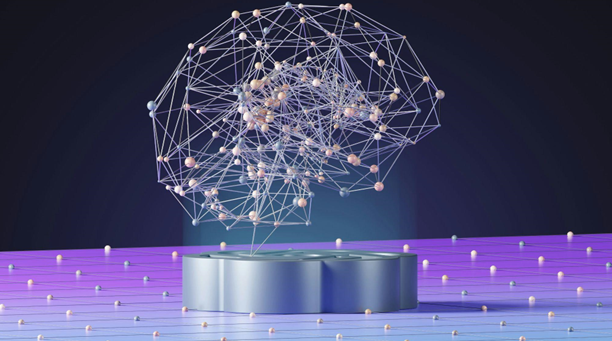
Funding Your Counselling: How to Access Affordable Options
October 18, 2025Have you ever wondered why certain worry, sadness, or reactivity patterns feel so automatic? Brain mapping offers a way to see how your brain’s activity reflects these patterns — helping therapy target what truly needs support. For many clients, this process brings both relief and insight — a clearer understanding of how their brain responds to stress, emotion, and change. This service is now available at our Abbotsford location
What is Brain Mapping?
Quantitative electroencephalography (QEEG), commonly known as brain mapping, is a safe, painless, and noninvasive way to record brainwave activity. The data is analyzed to identify patterns — areas of overactivity, underactivity, or balance — that may help explain certain experiences such as anxiety, difficulty concentrating, or low mood.
By comparing the client-specific data to typical brain wave activity, clinicians can detect structural changes and altered brain activity that may be associated with specific mental health conditions. For example, an overactive stress response system may explain why some people feel “on edge” or find it hard to relax. Similarly, reduced activity in regions involved in emotional regulation may be linked to low mood or difficulty shifting out of negative thought patterns.1
Is Brain Mapping a Diagnostic Tool?
While brain mapping helps us understand how your brain is functioning, it is not a diagnostic tool. Mental health conditions are diagnosed through conversations, observations and assessments, not brain scans alone. Instead, brain mapping adds valuable insight that helps your clinician create a more personalized care plan. A brain map acts like a snapshot of how your brain communicates with itself — helping you and your therapist understand where stress, emotional reactivity, or low mood may be rooted.
What Happens During a Typical Brain Mapping Session?
After an initial phone consultation and assessment, you’ll book your brain mapping session. During the session, small sensors are gently placed on your scalp to record brainwave activity. Sessions last about 90 minutes, during which you’ll sit quietly and comfortably while data is collected. This process is completely painless. Your results and personalized recommendations will be reviewed together in a follow-up appointment.
To learn more about what to expect and how to prepare for a brain mapping session with OK Clinical, review the more detailed description here.2
How Brain Mapping Supports Counselling
The information gathered from your brain map can be a powerful part of self-discovery. It helps your therapist understand how your brain responds to stress and emotion, guiding both neurofeedback and counselling approaches. Clients often find that seeing their brain’s patterns fosters self-compassion — it becomes easier to see that struggles aren’t “personal failings,” but understandable brain responses that can change with support and practice.
Interested in Exploring Brain Mapping Yourself?
Interested in exploring brain mapping?
If you’re curious about how brain mapping can deepen your therapy experience, we’d be happy to walk you through the process. Contact us or book a consultation with Registered Clinical Counsellor Scott at our Abbotsford location. Together, we can explore what your brain patterns reveal — and how that insight can guide your path to healing.
To learn more about any of our services, please contact us at info@okclinical.com or 250-718-9291. Our team is here to help you get started.
References
- Brain Health Center. (2024, June 5). Understanding Brain Mapping Therapy: A Detailed Guide. https://brainhc.com/blog/understanding-brain-mapping-therapy-a-detailed-guide/
- Livint Popa, L., Dragos, H., Pantelemon, C., Verisezan Rosu, O., & Strilciuc, S. (2020). The Role of Quantitative EEG in the Diagnosis of Neuropsychiatric Disorders. Journal of medicine and life, 13(1), 8–15. https://doi.org/10.25122/jml-2019-0085
- OK Clinical Therapy (n.d.). Brain Mapping (aEEG). https://okclinical.com/brain-mapping-qeeg/

Written by: Danielle Grenier
To book: Click Here!





